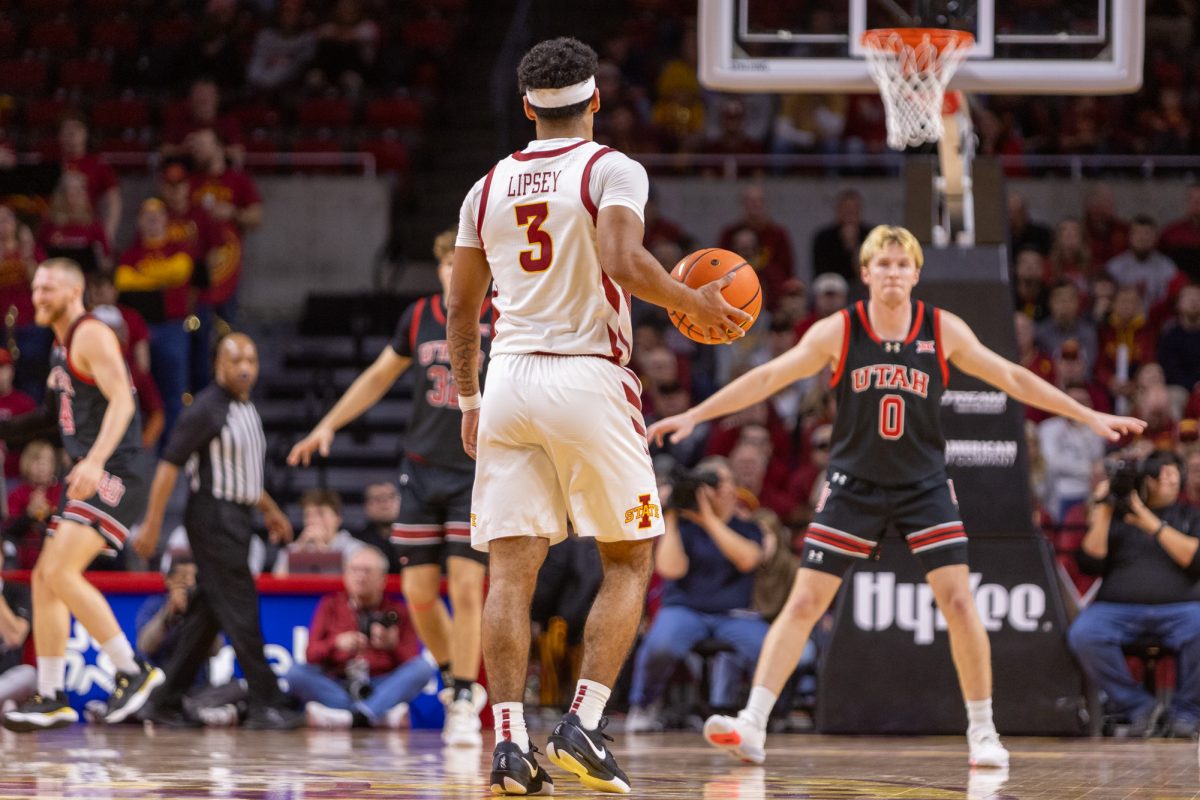Renter’s insurance is a safeguard for students
January 30, 2003
Fires, floods and windstorms are not always on the minds of students when signing a lease.
But the damage done to belongings during such disasters, along with more mundane problems such as leaky pipes, often are only covered by renter’s insurance, not the insurance of a landlord.
Dawn Johnson, an insurance agent for State Farm Insurance, said most students are not aware they need to purchase renter’s insurance on their own.
“In order for personal belongings to be covered, a renter must have renter’s insurance.” She said without renter’s insurance, renters would have to replace their lost or damaged belongings themselves.
Sara Dlouhy, senior in early childhood education, rents out an old house in Ames. Like most older dwellings, faulty wiring and other hazards are a concern.
Because of the house’s age and potential problems, her parents suggested she get renter’s insurance.
“I never realized nothing [of mine] was covered,” Dlouhy said.
She said she would rather be safe than sorry, and she now has renter’s insurance.
This is the initiative local insurance agents said they want all college students to take.
Marci Baldwin, owner of Marci Baldwin Allstate Insurance of Ames, said a low percentage of college students have renter’s insurance.
She said when talking with college students, she strongly encourages them to purchase the insurance.
However, she said many ISU students have chosen not to heed her advice. Cost is often the reason students opt not to purchase renter’s insurance, she said.
Rita Harrington, junior in elementary education, agreed renter’s insurance was a good idea, but said she had heard it was expensive. “I guess I don’t know a lot about it,” she said.
Harrington said she would have looked into it further had she known the actual cost.
Johnson said renter’s insurance is relatively cheap. “Our policies start out at around $10 a month.” Johnson said that monthly fee would get a renter $25,000 worth of coverage.
Extra liability coverage can be also be obtained, which would increase the monthly fee, Johnson said.
She said students may want this extra liability if they have greater assets.
Baldwin said renter’s insurance policies with Allstate begin at about $100 a year, which provides $10,000 worth of coverage.
To calculate how much insurance one may need, Johnson said renters can go online to get a quote.
Baldwin said that to determine how much insurance one needs, one should “make a list of what you have and ask, ‘If I try to sell them right now, how much will I get?’ “
One’s age, location and type of dwelling can also influence the price of the insurance, Baldwin said.
Renters can also choose between insurance that will cover actual costs and insurance that will cover replacement costs, Baldwin said. Actual costs means the insurance company will pay for what the item is worth today. Replacement costs means the renter’s insurance will cover costs to replace the ruined or damaged item.
Baldwin said about half of renters who have renter’s insurance have a policy covering actual costs.
She said renter’s insurance that covers replacement costs is slightly higher priced, but may be worth it. “One can plan to spend about $100 to $200 for this kind of insurance.”
Another advantage of having renter’s insurance, Johnson said, is in the event a renter cannot live in the rental unit after a disaster. “[The insurance company] would put you into a hotel in case of an accident [to your rented property]. You won’t be homeless.”
Baldwin said, aside from covering damages to property, with renter’s insurance, the renter will have liability coverage.
This means if someone were in a renter’s apartment and was injured there, renters insurance would cover any injuries incurred, preventing the renters themselves from getting sued, she said.
To obtain renter’s insurance, one can contact an insurance agency either in person or over the phone.






